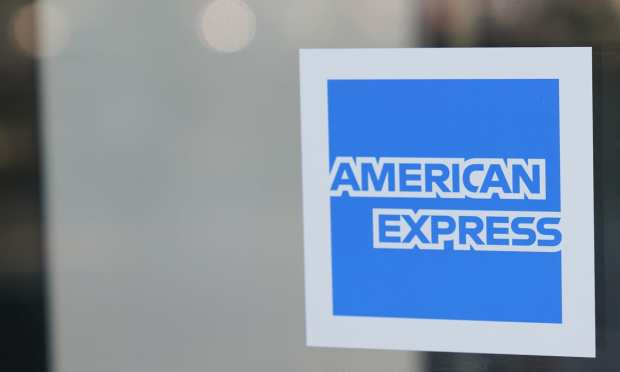Business Travel Drags On Amex Earnings; Consumer Spend Up

The business travel and entertainment space is still lagging, but spending on goods and services has been on the rebound. And pent-up demand is waiting to be unleashed as consumers take on more cards. That was the short version of the results posted by American Express on Friday (April 23) that showed at least some improvement in consumer spending.
Yet there may be some signs of green shoots in those verticals, signaling pent-up demand that will play out over the longer term. As has been seen with so many financial services companies, earnings got a boost from the release of reserves that had been set aside in previous periods to cover anticipated loan losses. Management said on the call that a sanguine outlook on the economy, coupled with vaccines, will cause people to spend again — though levels are still relatively depressed as seen in the most recent data.
“Until people are back into the offices, there’s nowhere to travel to,” said Amex CEO Stephen Squeri. “As we’ve said, we’re not going to have people really come back until the summer and through Labor Day. You’re seeing other companies get back into it. So I think there’s step one. First step is let’s get people back into the office and then companies are going to say, ‘OK, how comfortable I am having visitors into the building.’”
In terms of headline numbers, the company released a bit more than $1 billion; and so net income came in at $2.74, better than the expected $1.61 a share. Total revenues were down by 12 percent to $9 billion, slightly below expectations.
That decline might be expected, given the fact that key verticals, such as travel and entertainment, were depressed in the wake of the coronavirus, down double digits year over year. But spending on goods and services was up 6 percent in the period.
American Express CFO Jeffrey Campbell told Reuters in an interview separate from the earnings call that “our baseline assumption remains that by the fourth quarter of this year, global T&E (travel and entertainment) spending will be at around 70% of 2019 levels. But travel for large and global corporations is going to rebound slower.” Overall spending volumes are expected to be back to pre-pandemic levels at some point later this year or during 2022.
Campbell also said during the conference call with analysts that “large and global corporation travel is … still well below its 2019 levels.” He added that “we would still expect cross-border travel to be a little weaker next year than it was in 2019. Just given the likely lingering a number of cross-border restrictions that you’ve see,” though bookings have improved into the end of the quarter.
Drilling into the details, supplemental materials show that proprietary billed business — which includes activity on its cards, along with cash advances — was down 9 percent, with volumes of $225 billion, and total network volumes of $269 billion. T&E business was down 50 percent year on year, but showed some signs of recovery in March, up 28 percent year over year.
Commercial billed business was off 12 percent in the quarter, said the company, led by larger firms, where that segment was down 44 percent year over year. Management noted that corporate spending will gain more traction as travel resumes and firms meet with clients. Delta said on its own earnings call that business travel remains muted but may pick up into the more traditional season after Labor Day.
Card member metrics at the end of the period showed that card member loans at the first quarter of 2021 were $241 million, down 53 percent year over year. At the same time, delinquent and financial relief program balances declined in the period to $3.6 billon; that number had been $4 billion at the end of the year and as high as $11.5 billion in April 2020.
Management said on the call that T&E spending has been improving as vaccinations are gaining pace; verticals that have been benefitting include restaurants. The company said in the quarter that it had acquired 2.1 million net new cards — and that 60 percent of them were taken by millennial or Generation Z customers. There was a 35 percent jump in premium cards, according to the firm.
Member spending excluding travel and entertainment categories was 11 percent higher on an FX-adjusted basis than it was in the first quarter of 2019, according to the release announcing results.
